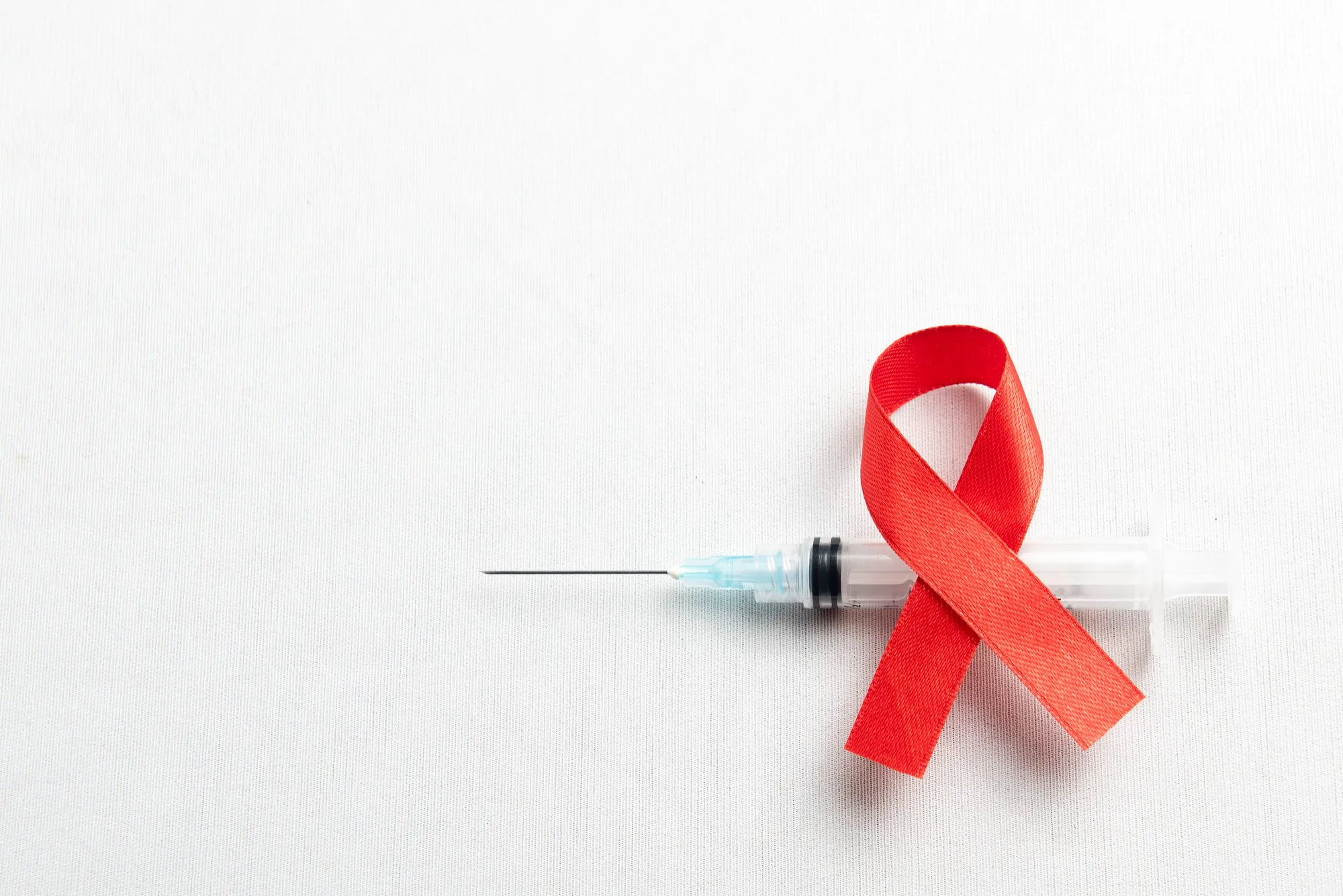Recent research conducted by a team from the Department of Molecular Virology at Tokyo Medical and Dental University (TMDU) has unveiled the indispensable role of host protein PATZ1 in facilitating the infection of human cells by HIV-1. This groundbreaking discovery, detailed in the journal Biochemical and Biophysical Research Communications, opens up new potential pathways for the development of innovative anti-HIV therapies. The study, spearheaded by researchers Aziati Ishmael Dzigbordi, Yoshida Takeshi, Hamano Akiko, Maeda Kenjiro, Takeuchi Hiroaki, and Yamaoka Shoji, conspicuously outlines the mechanisms by which PATZ1 underpins the successful infection and replication of HIV-1 within host cells.
DOI: 10.1016/j.bbrc.2019.04.175
The study began with the researchers utilizing expression cloning with a cDNA expression library, which unexpectedly identified a carboxy-terminally truncated form of human POZ/BTB and AT-hook-containing Zinc finger protein 1 (PATZ1) as an inhibitor of HIV-1 infection. This protein is recognized primarily for its role as a transcriptional regulatory factor, an element frequently implicated in development and cancer. This initial finding was unusual because the truncated form of PATZ1 suggested its potential as an inhibitor, rather than a facilitator, of HIV-1 infection.
To ascertain its actual role, the team proceeded with both knockdown and knockout experiments on endogenous PATZ1 within host cells. This was crucial to assess the protein’s authentic involvement in the HIV-1 lifecycle. Remarkably, these experiments demonstrated the true colors of PATZ1; its presence was indeed essential for an efficient HIV-1 infection. The knockdown or knockout of PATZ1 led to an impaired synthesis of viral cDNA following HIV-1 entry into the cell, directly indicating that PATZ1 abets the early phase of HIV replication. However, in murine leukemia virus (MLV)-based retroviral systems, the knockdown or knockout of PATZ1 showed no noticeable effect on the transduction process, which suggests a virus-specific interaction.
Delving deeper, the researchers also observed that the expression of two distinct PATZ1 isoforms in PATZ1-knockout (PATZ1-KO) cells restored their susceptibility to HIV-1, further solidifying the importance of PATZ1 in HIV-1 infection. The specificity of PATZ1’s role in HIV-1 infection – and not in the broader category of retroviruses – is a pivotal finding which puts PATZ1 in the spotlight as a potential target for antiretroviral drugs.
The implications of these results are staggering, as they shine a light on a previously unconsidered aspect of HIV-1 biology. For years, medical science has sought to understand how HIV-1 hijacks the host cell machinery for its own replication, with several host factors being identified as aiding this process. However, few possess the nuanced and critical role elucidated by PATZ1. This study not only presents PATZ1 as a key player in the HIV-1 infection process but also establishes it as a potential target for future interventions to thwart or control the infection.
Furthermore, it’s worth noting that PATZ1 interacts with many cellular pathways and regulatory mechanisms within the host cell, making it a multifaceted protein with implications extending beyond HIV-1 infection. Its general association with cellular processes, including developmental and oncogenic pathways, turns it into a protein of interest in broader biological and clinical contexts. This characteristic also makes it an attractive target, as it may have the potential to bridge the treatment of HIV-1 infection with other therapeutic areas.
The Tokyo Medical and Dental University’s study is a beacon shedding light on the intricate interface between viral pathogens and host cellular components. Might targeting PATZ1 not only stifle HIV-1 but also pave the way for treating other diseases where PATZ1 plays a role? As the scientific community advances, such questions will form the backbone of inquiries and experiments aimed at tackling some of humanity’s most persistent health challenges.
Keywords
1. HIV-1 Infection
2. PATZ1 Role HIV
3. Host Factors HIV Therapy
4. Anti-HIV Therapeutic Targets
5. HIV Replication Host Machinery
References
1. Ishmael Dzigbordi A., Yoshida Takeshi T., Hamano Akiko A., Maeda Kenjiro K., Takeuchi Hiroaki H., Yamaoka Shoji S. (2019). PATZ1 is required for efficient HIV-1 infection. Biochemical and Biophysical Research Communications, 514(2), 538-544. https://doi.org/10.1016/j.bbrc.2019.04.175
2. Goff, S. P. (2007). Host factors exploited by retroviruses. Nature Reviews Microbiology, 5(4), 253-263. https://doi.org/10.1038/nrmicro1541
3. Strebel, K. (2013). HIV-1 Vpu – An ion channel in search of a job. Biochimica et Biophysica Acta (BBA) – Biomembranes, 1828(3), 1075-1082. https://doi.org/10.1016/j.bbamem.2012.10.030
4. Malim, M. H., & Bieniasz, P. D. (2012). HIV Restriction Factors and Mechanisms of Evasion. Cold Spring Harbor Perspectives in Medicine, 2(5), a006940. https://doi.org/10.1101/cshperspect.a006940
5. Towers, G. J., & Noursadeghi, M. (2014). Interactions between HIV-1 and the cell-autonomous innate immune system. Cell Host & Microbe, 16(1), 10-18. https://doi.org/10.1016/j.chom.2014.06.009
